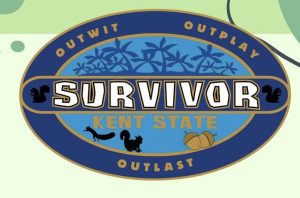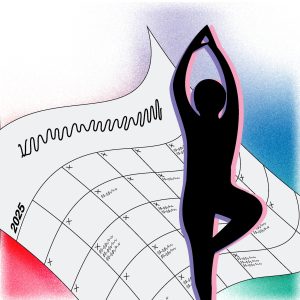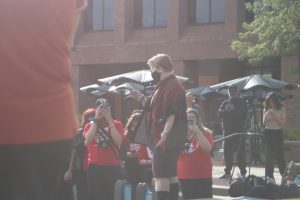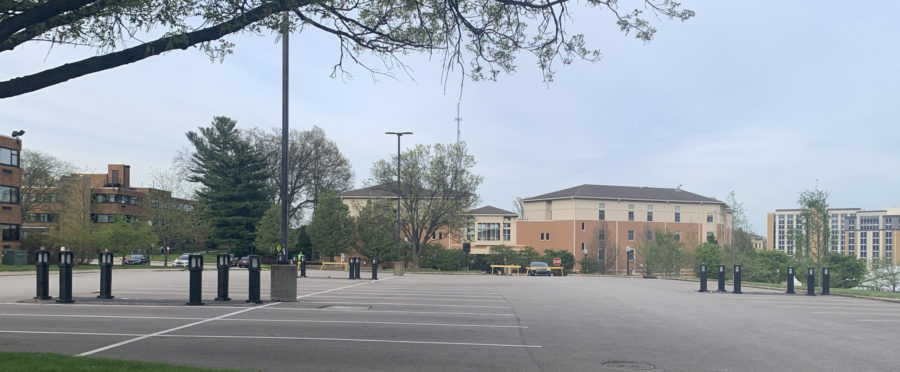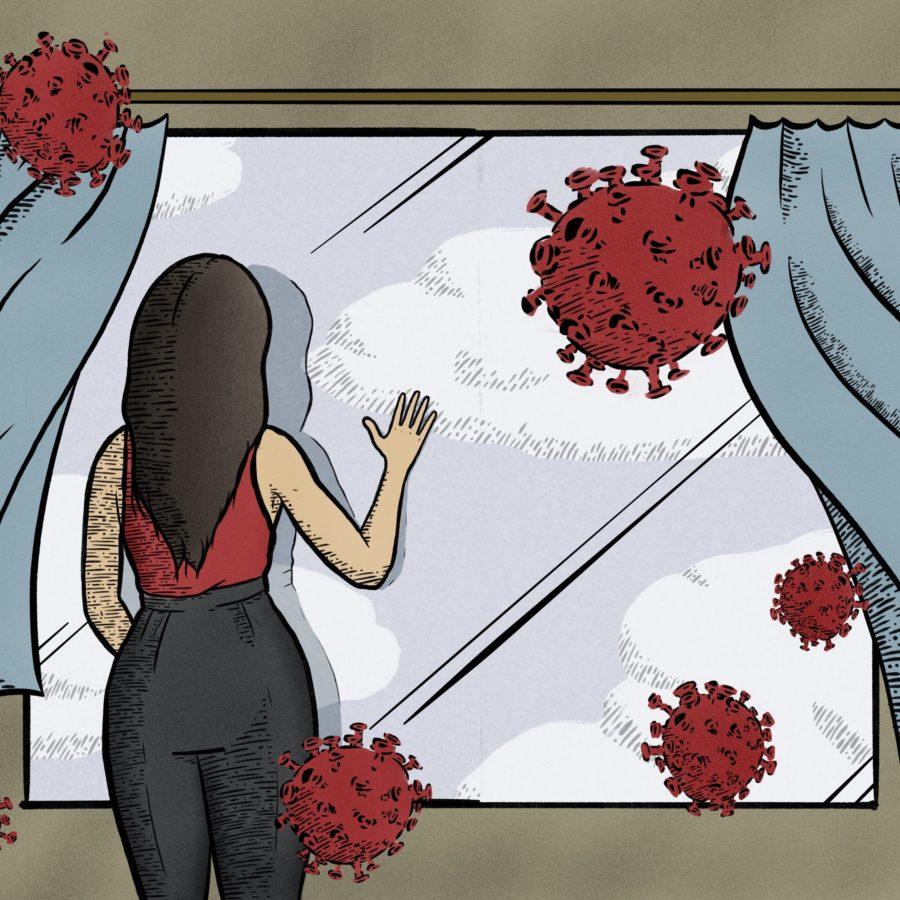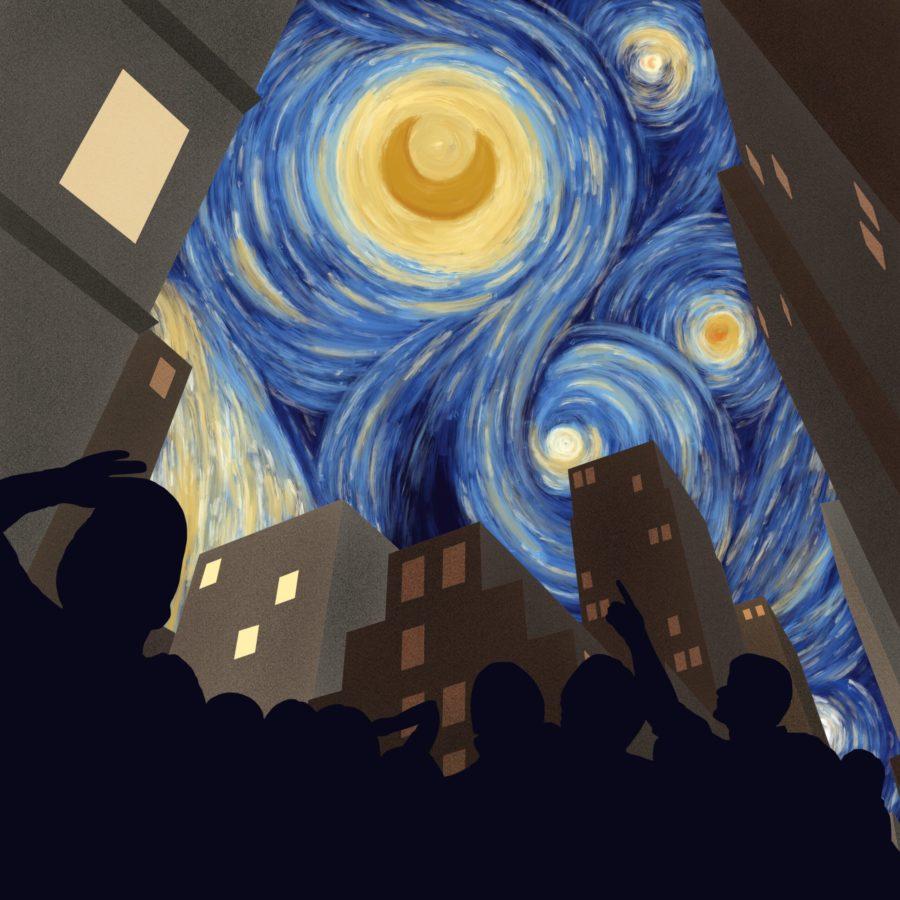Photos By Kaitlyn Fincher
Picture this: it has only been a few weeks since you became a college student, where you are taking your first classes, living in the dorms with a roommate you met over the internet and the freedom to do what you want when you want. Every Tuesday, you trek over to Taylor Hall where you go to your First-Year Experience class, a class that teaches you about the how-to’s of college in addition to teaching students about Kent State as a whole. At the beginning of the semester, your professor keeps telling you about the importance of a future session. This session is where you will go with your entire class a few floors below to the May 4 Visitor’s Center to learn about Kent State’s shooting in 1970.
For me, I seem to remember only elements of the day we went to the Visitor’s Center. I remember standing in the first room, looking at photos and finding my birthday on the draft list. I remember looking at the map and wondering why I never learned about the other protests across the country, forgetting the fact that I barely learned about Kent State before I came to college in the first place.
Finally, I remember sitting down on the carpeted floor, with my back against the wall to watch the short video about the days leading up to the shooting and the shooting itself. I remember the lump in my throat as we watched photos of students dying come across the screen. As we moved into the next room, I soon forgot about the lump in my throat and figured I learned about it all and was ready to move on with the rest of my Kent State career.
Four years later, I think back to that day and shudder. I brushed off the incredible history of protests, activism and dedication that came from Kent State, all within the turn of a corner.
It wasn’t until a few semesters later where I started to grow into the interest I have today for the history of the Kent State shootings. I was in the infamous reporting class where I was on the politics beat and went to cover a showing of “Fire in the Heartland,” the documentary telling the story of May 4, 1970, and the days leading up to it. At the showing, Chic Canfora, a survivor of the Kent State shootings and the sister of Alan Canfora, one of the wounded students, was there to talk about her experiences of being at the shooting and her story as she continues to be an active voice for May 4. As I listened to her story, my eyes opened up, wanting to learn more.
Before watching “Fire in the Heartland,” it was all just history, something that happened 40-some years ago at Kent State during the Vietnam War. Once Chic told stories about what it was like to be there, it immediately put me into her shoes. In a normal year, we walk the campus that they did 51 years ago. We walk past the Victory Bell where hundreds of people sat in protest. We walk through the parking lot of Prentice Hall, which now has markers to show where Allison, Bill, Sandy and Jeffrey died. We walk by Taylor Hall, with the Heart of Steel sculpture still standing. Standing with a bullet hole holding May 4, 1970, frozen in time.

While reading a book or watching a documentary, it is easy to get lost in the history of the facts. We look at the pictures on the pages, we read the dates and think nothing of it. When you hear a person who experienced it tell the story, it changes everything. Suddenly, it feels like the shooting happened a few years ago, not 51 years ago.
As Kent State students, we have our own ties to May 4, 1970. We know the campus. All of us know the basic facts, some of us know more. Why don’t we keep learning? Why not take a chance to hear the story of a survivor, before there may not be a chance to hear the same story later on?

